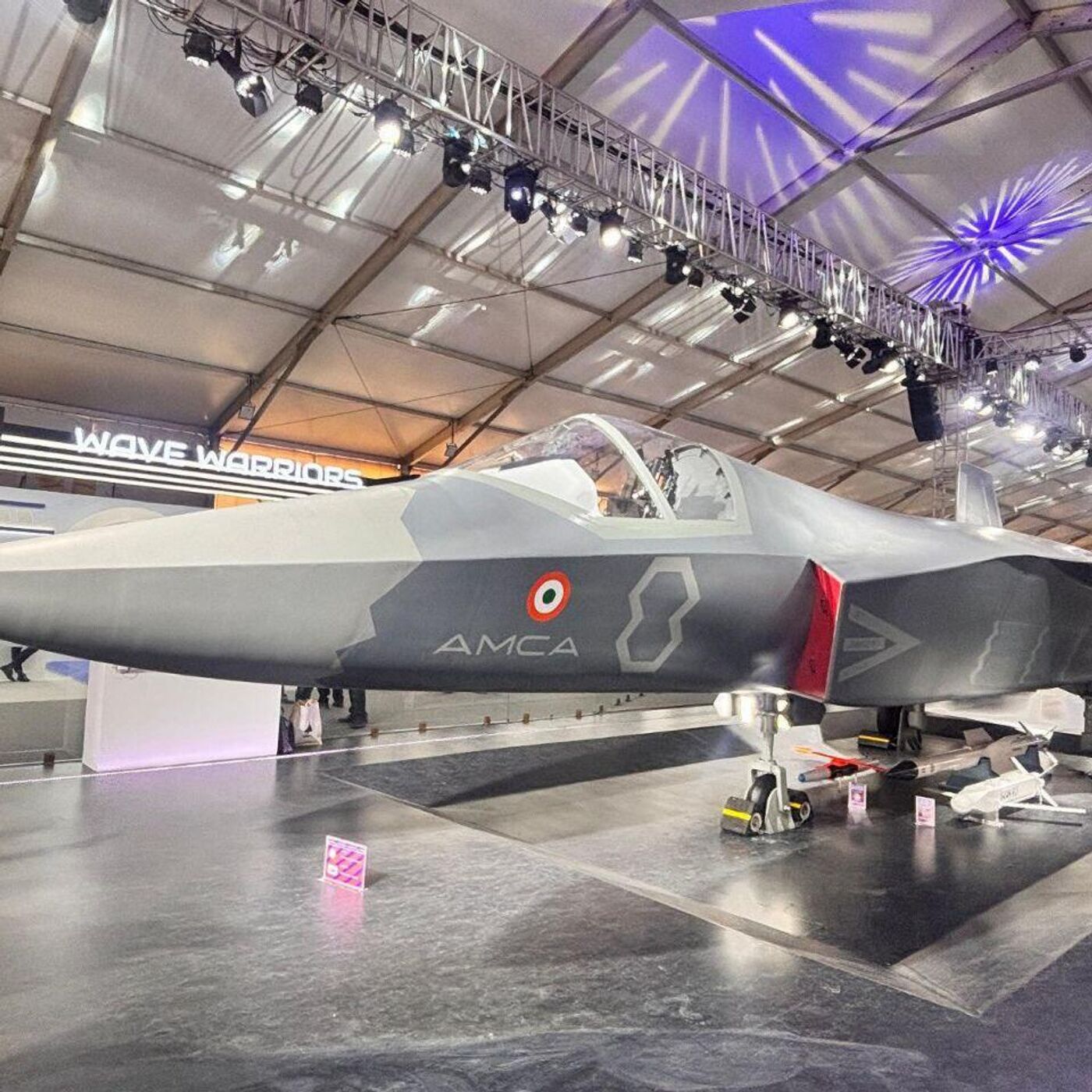SOURCE: RAUNAK KUNDE / NEWS BEAT / IDRW.ORG

In response to concerns raised by a leading private sector company over limited participation in India’s ambitious Advanced Medium Combat Aircraft (AMCA) program, the Ministry of Defence (MoD) is actively considering a proposal to increase the scope and share of work allotted to private industry partners. The move comes after the company expressed dissatisfaction that its current role, primarily limited to airframe manufacturing, offers insufficient returns on investment.
The AMCA program, spearheaded by the Aeronautical Development Agency (ADA) and Hindustan Aeronautics Limited (HAL), is India’s flagship 5th-generation stealth fighter project. While the government has emphasized the importance of involving private players to boost self-reliance and speed up delivery timelines, current allocations have been viewed as inadequate by industry stakeholders.
According to sources familiar with the matter, the MoD is now reviewing the structure of the public-private collaboration model for the AMCA. Plans are underway to offload additional responsibilities—potentially including sub-system development, avionics integration, structural assembly, and ground support systems—to interested private sector firms. This would significantly increase the percentage of workshare for private companies, ensuring more substantial participation and improved returns.
The private sector’s demand stems from the capital-intensive nature of investments needed to support advanced aerospace manufacturing. Without a proportional workshare or assurance of long-term contracts, companies face challenges in justifying infrastructure development and technology acquisition. Increasing the scope of involvement not only makes financial sense for these companies but also aligns with the government’s broader ‘Make in India’ and ‘Atmanirbhar Bharat’ goals.
This development comes at a crucial time, as the AMCA program is poised to enter the prototype development phase once final approval from the Cabinet Committee on Security (CCS) is granted. The government aims to roll out the first prototype by 2028, with serial production anticipated in the early 2030s.
If implemented, the revised outsourcing framework will not only incentivize private investment but also reduce the program’s reliance on state-run entities. This diversification of industrial participation is expected to accelerate production rates, enhance innovation, and establish a more resilient and capable domestic aerospace ecosystem.
The final decision on the revised structure and expanded private sector role is expected to be announced in the coming months, following detailed consultations between the MoD, ADA, HAL, and key industry stakeholders.
NOTE: Article cannot be reproduced without written permission of idrw.org in any form even for YouTube Videos to avoid Copy right strikes. Websites doing illegal reproductions will get DMCA and Legal Notices.